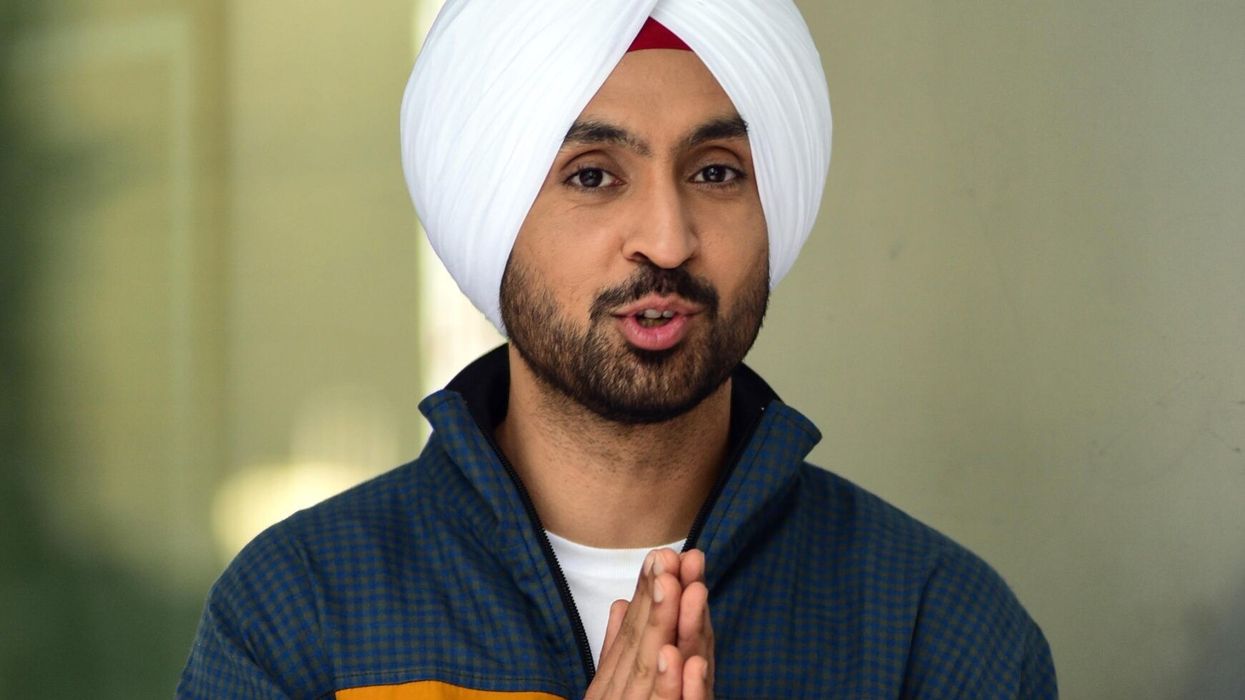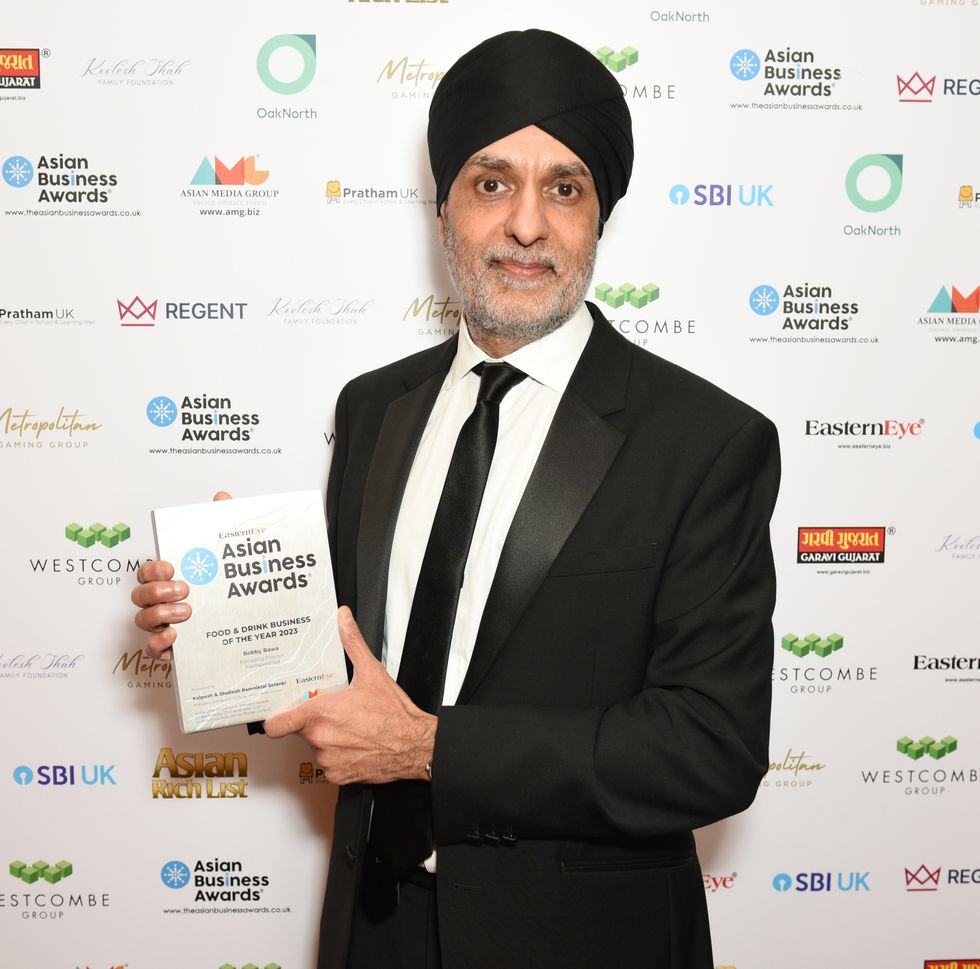The Goods and Services Tax (GST) Council gave relief to consumers and industry on Friday and decided to reduce rates for 178 items — mainly mass consumption products — to 18 per cent from the earlier 28 per cent.
These items include furniture, detergents, shampoos, hair dyes, beauty products, perfumes, fans, lamps and mattresses.
Eating out in restaurants — both AC and non AC — would also become cheaper as they have been moved to the tax rate of 5 per cent from the 18 per cent earlier.
However, an Input Tax Credit which was given to restaurants will now be withdrawn. Though restaurants in starred hotels with room rent above Rs 7,500 will continue to attract GST of 18 per cent with ITC benefit.
The new rates will be applicable from November 15.
The 28 per cent slab — the highest under GST implemented from July 1 — has now just 50 items, including parts of automobiles, washing machines, refrigerators, paan masalas and cigars, from the previously 227.
GST has five tax slabs of 0 per cent, 5 per cent, 12 per cent, 18 per cent and 28 per cent.
"In efforts towards rationalising the GST structure, the Council has been revising rates from time to time. In the last three meetings, we have systematically removed items from 28 per cent slab and rationalised to lesser categories," Finance Minister Arun Jaitley said after the 23rd meeting of the GST Council in Guwahati.
"There were 227 items in the 28 per cent slab. The fitment committee had recommended that it should be pruned to 62 items. But the GST Council has further pruned 12 more items," Bihar Deputy Chief Minister Sushil Kumar Modi said.
He said all types of chewing gums, chocolates, preparations for facial make-up, shaving and after-shave items, shampoos, deodorants, washing powder detergents, besides granites and marbles will attract 18 per cent GST.
Paints and cement have been retained in the 28 per cent tax bracket. Even luxury goods like washing machines and air conditioners have been retained at 28 per cent.
The decision taken by the GST Council will have a revenue implication of Rs 20,000 crore annually, according to estimates.
"There is consensus that slowly the 28 per cent slab should be brought to 18 per cent. But it will take some time because it has a big revenue implication," Modi said.
The return filing process has also been simplified. All tax payers who have small tax liability or no liability will be able to file returns in just 2-3 steps. It came to the notice that 30-40 per cent of filers had nil returns to be filed.
Businesses with turnover of less than Rs 1.5 crore will have to file returns once in a quarter — for instance July-September returns can be filed by December-end.
For October-December, returns can be filed by February 15 and for January-March, returns can be filed by April 30 next year. Businesses with turnover of more than Rs 1.5 crore will have to file returns monthly.
Penalties on late filings have also been reduced from Rs 200 per day to Rs 20 per day for filers who had no tax liability. For the rest, penalties have been reduced to Rs 50 per day from Rs 200 per day.
Deloitte India Senior Director Saloni Roy said, "This is an appreciative move. A reduction in monthly household expenses will always be embraced."
"This is adjunct to another proposed measure to make eating out less expensive by reduction in rates on restaurant services. The medium and small scale industries are also expected to receive a fillip with certain favourable revisions in return filing norms along with revision in rates for assesses under composition scheme. Needless to say, this shall mitigate the hardships faced by the MSME sector in light of the multiple compliance requirements currently imposed."




















 Bobby Bawa
Bobby Bawa